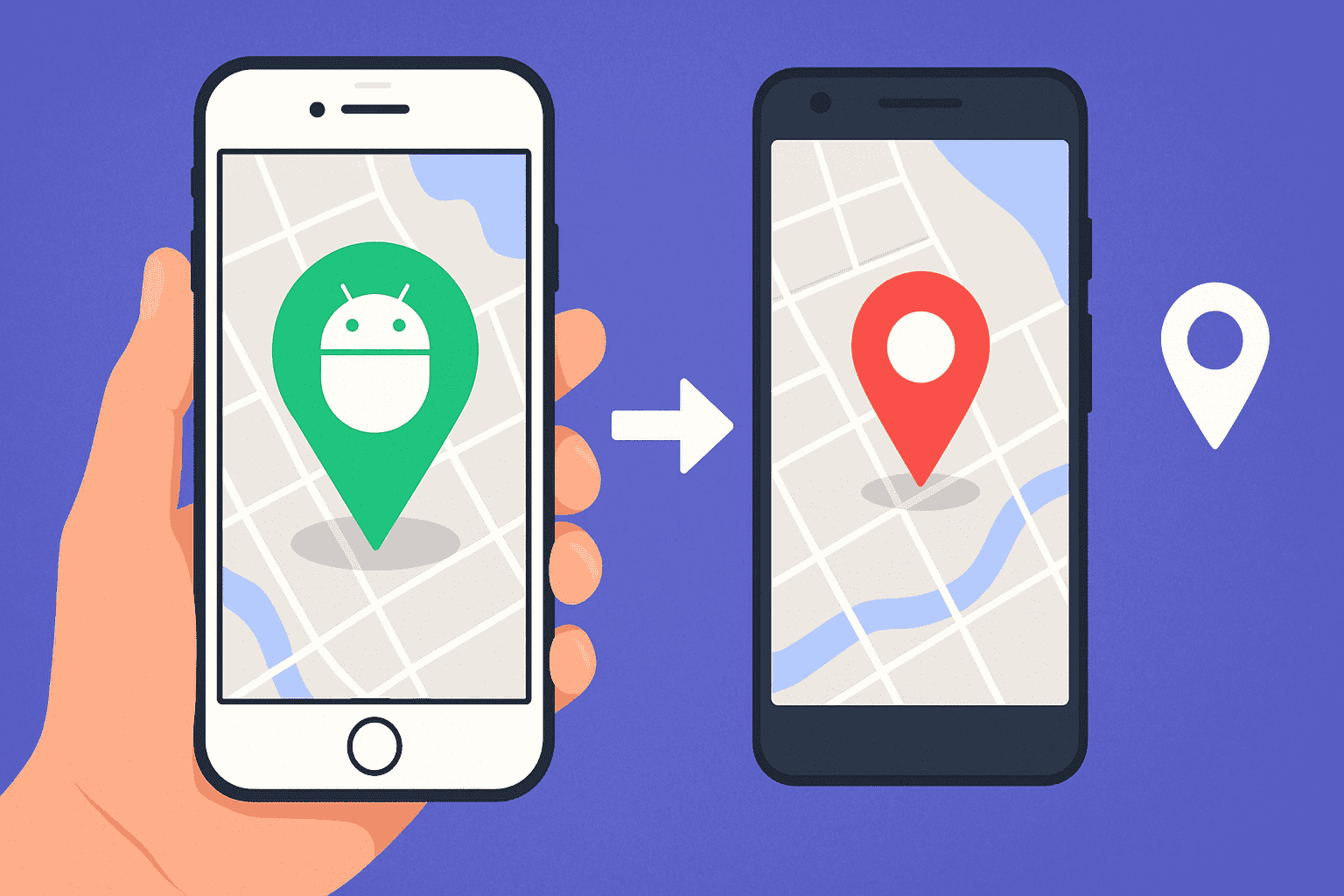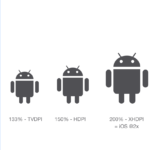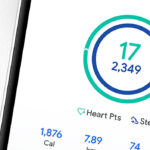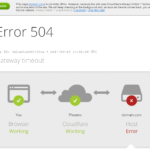Have you ever found yourself asking how to track an Android phone from an iPhone? Maybe your child uses an Android device and you’re on iOS, or your partner’s phone has gone missing and you need to help them locate it. Whatever your reason, the good news is that cross-platform tracking has come a long way. In this friendly and practical guide, we’ll show you exactly how you can keep tabs on an Android phone right from your iPhone—whether it’s for safety, security, or simple peace of mind.
Let’s dive into the step-by-step methods, apps, and practical solutions available today to help you stay connected and informed, no matter which phone brand your family or team uses.
Why Would You Want to Track an Android from an iPhone?
Before we get into the how-to, it’s worth understanding why you might want to track an Android phone using an iPhone. Common scenarios include:
Parental Monitoring: Your child or teenager uses an Android device, and you want to ensure they’re safe.
Lost or Stolen Phone: A family member or friend has misplaced their Android phone, and you’re trying to help.
Location Sharing: You want to stay updated on your partner’s location while you’re out and about.
Employee Tracking: For small business owners or remote teams, tracking company devices can boost accountability.
The problem? iPhones and Androids run on completely different operating systems. But don’t worry—modern apps and services make cross-platform tracking much easier than it used to be.
Method 1: Using Google’s “Find My Device” via a Browser on iPhone
The most straightforward method is to use Google’s built-in Find My Device feature. Every Android phone comes with this enabled (assuming it’s set up properly).
Steps:
Open Safari or Chrome on your iPhone.
Sign in using the Google account linked to the Android phone.
You’ll now see the device’s location on a map, as well as options to ring, lock, or erase the phone remotely.
Requirements:
The Android phone must be turned on and connected to Wi-Fi or mobile data.
Location services must be enabled.
You must know the Google login credentials of the Android user.
✅ Tip: Bookmark the Find My Device page for easy access anytime you need it.
This method is ideal for emergencies—like a lost phone—but isn’t designed for ongoing tracking.
Method 2: Using a Cross-Platform Tracking App
If you’re looking for continuous tracking or more advanced features, consider using third-party apps that are built specifically to work across Android and iPhone devices.
Here are some of the best options in 2025:
1. Life360
One of the most popular family locator apps, Life360 offers real-time location tracking, location history, driving reports, and alerts.
Features:
Real-time GPS location updates.
Geofencing (get alerts when someone arrives or leaves a location).
Driving safety reports (great for teen drivers).
Works flawlessly between iOS and Android.
How to Set It Up:
Download Life360 on both the Android and iPhone.
Create a family circle and invite the Android user via email or a code.
Once both phones are connected, you can see each other’s locations in real time.
🟡 Free plan available. Premium plans offer extra features like crash detection and roadside assistance.
2. Glympse
Glympse is perfect if you want to share location temporarily—for example, if your partner is driving home late or your friend is meeting you in a busy area.
Features:
Share location for a custom period (e.g., 30 minutes).
No account needed to view the location.
Simple and lightweight.
3. GeoZilla
GeoZilla blends family tracking with wellness insights. It’s especially good for those who want to combine safety with lifestyle management.
Features:
Cross-platform tracking.
Battery level monitoring.
Location-based alerts.
Built-in messaging.
Method 3: Google Maps Location Sharing
Google Maps isn’t just for directions—it also offers a convenient location sharing feature.
How to Share Location from Android:
Open Google Maps on the Android phone.
Tap your profile picture > Location Sharing.
Choose “Share Location”, then set the time duration or choose “Until you turn this off.”
Send the link via text, email, or any messenger app to your iPhone.
On your iPhone, you can open the link in Google Maps and track the phone’s real-time location.
💡 This method is great for temporary tracking, like while someone is traveling.
Method 4: Use a Parental Control App
If you’re a parent, using a dedicated parental control app is the most effective and comprehensive way to track an Android phone from your iPhone.
Top Options:
1. Bark
Monitors messages, social media, and web browsing.
Location check-ins and alerts.
Easy to manage via the iPhone app.
2. Qustodio
Tracks real-time location and app usage.
Set daily screen time limits.
View detailed reports on activities.
3. Family Link (by Google)
Manage apps, screen time, and device settings remotely.
Works well if your child uses an Android and you use iOS.
Free to use.
These apps require setup on both devices and are ideal for long-term use in families.
What About Privacy and Legal Considerations?
It’s essential to understand that tracking someone’s phone without their consent can raise legal and ethical concerns. Here are a few golden rules:
Always get consent unless you are the legal guardian of the user (e.g., your child).
Be transparent with family members or employees.
Only use apps from reputable developers to avoid malware or privacy violations.
Using tracking tools responsibly can build trust and promote safety, especially among families or teams.
Troubleshooting Tips
Sometimes, things don’t work perfectly. Here’s what to check if the Android device doesn’t show up:
Is location sharing turned on?
On Android, go to Settings > Location and make sure it’s enabled.
Is the phone online?
If it’s turned off or out of battery, real-time tracking won’t work.
App permissions
Make sure the tracking app has proper location permissions.
Battery Saver or Data Saver
These settings may restrict background activity. Disable them if tracking isn’t updating.
Quick Comparison Table
| Method | Real-Time Tracking | Works Without App? | Best For | Cross-Platform |
|---|---|---|---|---|
| Google Find My Device | ✔️ | ✔️ | Lost/Stolen Phones | ✔️ |
| Life360 | ✔️ | ❌ | Families, Daily Use | ✔️ |
| Glympse | ✔️ | ✔️ (for viewer) | Temporary Sharing | ✔️ |
| Google Maps Sharing | ✔️ | ✔️ | Travel, Friends | ✔️ |
| Parental Control Apps | ✔️ | ❌ | Monitoring Kids | ✔️ |
Final Thoughts
So, how to track an Android phone from an iPhone? As you can see, there’s no shortage of options—whether you want to locate a missing device, stay in touch with family, or manage your child’s phone use. From built-in features like Google Find My Device and Google Maps to advanced apps like Life360, Bark, or GeoZilla, the tools available in 2025 are smarter and more user-friendly than ever.
Choose the method that fits your needs, keep privacy in mind, and stay connected across platforms with ease.
To see more posts related to iPhone, you can visit our category: Click Here
Thank you, stay well and stay tuned to our website.














Leave a Review